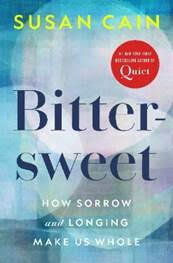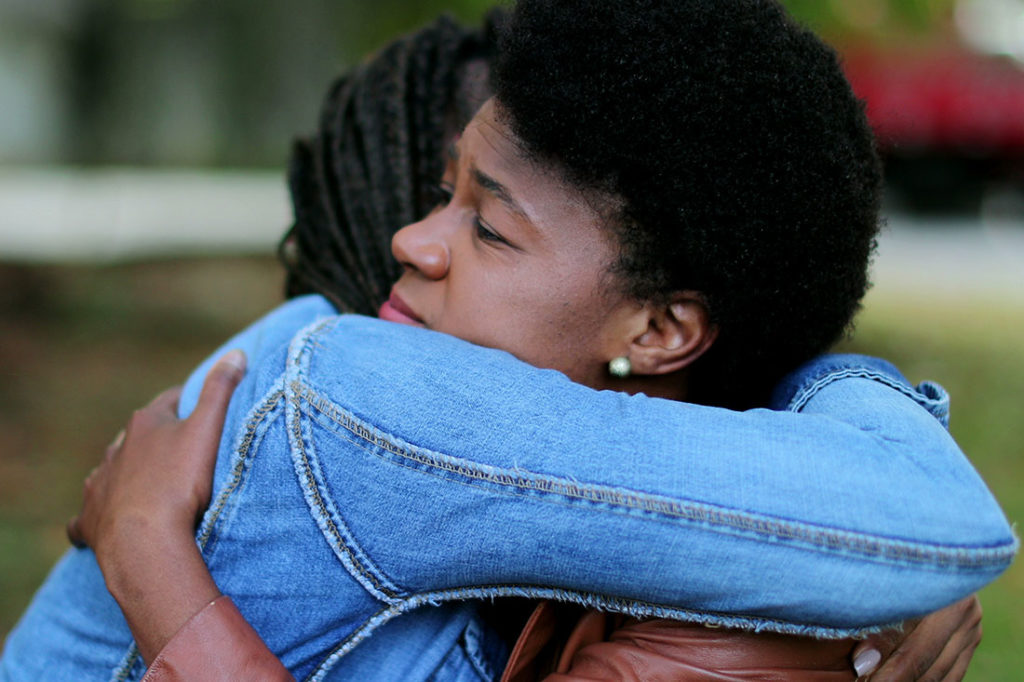In 2010, celebrated Pixar director Pete Docter decided to make an animated film about the wild and woolly emotions of an 11-year-old girl named Riley. He knew the rough outlines of the story he wanted to tell. The film would open with Riley, uprooted from her Minnesota hometown and plunked down in a new house and school in San Francisco, while also caught in the emotional storm of incoming adolescence.
So far, so good. But Docter faced a creative puzzle. He wanted to depict Riley’s feelings as lovable animated characters running a control center in her brain, shaping her memories and daily life. But which feelings? Psychologists told him that we have up to 27 different emotions. But you can’t tell a good story about so many different characters. Docter needed to narrow it down, and to pick one emotion as the main protagonist.

He considered a few different emotions for the starring role, then decided to place Fear at the center of the movie, alongside Joy; partly, he says, because Fear is funny.
But three years into the development of the film—with the dialogue already done, the movie partially animated, the gags with Fear already in place, some of them “quite inspired”—he realized that something was wrong. Docter was scheduled to screen the film in progress for Pixar’s executive team. And he was sure it was a failure. The third act didn’t work. According to the film’s narrative arc, Joy should have learned a great lesson. But Fear had nothing to teach her.
At that point in his career, Docter had enjoyed two mega-successes—Up and Monsters, Inc. But he started to feel sure that these hits were flukes.
“I don’t know what I’m doing,” he thought. “I should just quit.”
His mind spun into dark daydreams of a post-Pixar future in which he’d lost not only his job but also his career. He went into preemptive mourning. The thought of living outside his treasured community of creatives and business mavericks made him feel he was drowning—in Sadness. And the more despondent he grew, the more he realized how much he loved his colleagues.
Which led to his epiphany: The real reason for his emotions—for all our emotions—is to connect us. And Sadness, of all the emotions, was the ultimate bonding agent.
Throughout this process, Docter had an unlikely ally: Dacher Keltner, an influential University of California, Berkeley psychology professor. Docter had called in Keltner to educate him and his colleagues on the science of emotions. They became close friends. Keltner’s daughter was suffering the slings and arrows of adolescence at the same time as Docter’s, and the two men bonded over vicarious angst. Keltner taught Docter and his team the functions of each major emotion: Fear keeps you safe. Anger protects you from getting taken advantage of. And Sadness—what does Sadness do?
Keltner had explained that Sadness triggers compassion. It brings people together. It helps you see just how much your community of quirky Pixar filmmakers means to you.
The executive team approved the idea, and Docter and his team rewrote the movie—which ultimately won the Oscar for Best Animated Feature and was the highest grossing original film in Pixar history—with Sadness in the starring role.
______________
One of the cornerstones of Keltner’s research, which he summarized in his book Born to Be Good, is what he calls “the compassionate instinct”—the idea that we humans are wired to respond to each other’s troubles with care. Our nervous systems make little distinction between our own pain and the pain of others, it turns out; they react similarly to both. This instinct is as much a part of us as the desire to eat and breathe.
The compassionate instinct is also a fundamental aspect of the human success story—and one of the great powers of bittersweetness. The word compassion literally means “to suffer together,” and Keltner sees it as one of our best and most redemptive qualities. The sadness from which compassion springs is a pro-social emotion, an agent of connection and love; it’s what the musician Nick Cave calls “the universal unifying force.” Sorrow and tears are one of the strongest bonding mechanisms we have.
These findings tell us that our impulse to respond to other beings’ sadness sits in the same location as our need to breathe, digest food, reproduce and protect our babies; in the same place as our desire to be rewarded and to enjoy life’s pleasures. They tell us, as Keltner explained to me, that “caring is right at the heart of human existence. Sadness is about caring. And the mother of sadness is compassion.”
Copyright © 2022 by Susan Cain. All rights reserved. Published in the United States by Crown, an imprint of Random House, a division of Penguin Random House LLC, New York. Photo by Bricolage/Shutterstock



